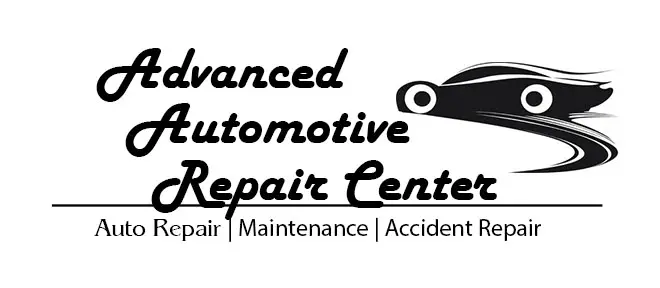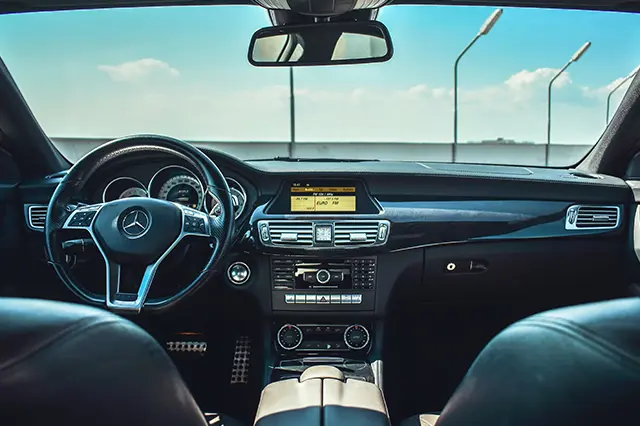
Common autobody repair mistakes to avoid
When your car breaks down, you want to be able to rely on it to get you where you need to go. Unfortunately, that’s not always the case. Autobody repairs can be expensive, and if you make the wrong choices during repair, your car may not work as well as it should. In this blog post, we’re going to share five common autobody repair mistakes to avoid so that you can have a smooth road ahead. From making costly mistakes during labor to skipping important steps in the repair process, read on to learn how to prevent these problems from happening.
Not attacking the problem
If you are having car issues, there is no need to attack the problem. There are many potential causes for car problems which can be diagnosed and fixed without attacking the problem. Below are three common autobody repair mistakes that drivers make, and how to avoid them:
1. Not checking fluid levels: Drivers often overlook fluid levels in their cars and end up replacing fluids unnecessarily. It is important to check fluid levels regularly and top off any low or missing fluids as needed. This allows you to maintain optimal engine performance and prevent costly repairs down the line.
2. Not repairing worn or damaged parts: Many drivers opt not to repair worn or damaged parts on their cars because they think it will cost too much money. However, this can lead to more serious problems down the line, especially if these parts start breaking again. If you notice any signs of wear or damage on your car, do not hesitate to have it repaired in order to maintain optimal safety and performance.
3. Ignoring warning lights: Many drivers disable warning lights after they come on in their cars without consulting a mechanic first. By doing so, they risk disabling important safety features on their vehicles that could trigger another issue down the line. Always consult a mechanic before making any changes to your car’s warning lights; doing so may save you from big expense down the line.
Avoid these common autobody repair mistakes by following these tips:
1. Always check fluid levels and top off any low or missing fluids as needed.
2. Repair worn or damaged parts if you notice them, especially if they are causing safety issues.
3. Disable warning lights only after consulting a mechanic.
Not using the correct tools
If you’re fixing your own car, there are a few tools you’ll need that you might not think of. Here are some common autobody repairs mistakes to avoid:
-Not using the right tool for the job: A Phillips head screwdriver is not the right tool to use to remove a nut on a bolt. You need a socket wrench.
-Not using Gorilla Glue: If your repair requires taking apart parts of your car, use Gorilla Glue instead of screws and bolts. The glue will hold the parts together while you reassemble them.
-Not cleaning the area before repairing it: Cleaning the area before repairing it will prevent dirt, dust, and debris from getting into the part you’re repairing and causing problems later on.
Incorrectly diagnosing the issue
1. Not thoroughly inspecting the car for damage
Most autobody shops will only do a cursory inspection of your car before starting work, which can lead to them making repairs that are not necessary. Make sure to inspect your car for any signs of damage and make sure to ask the shop about any issues that you find.
2. Failing to use the correct parts
When repairing an autobody, it is important to use the correct parts – if you use the wrong part, it could cause further damage and even result in a failure. It is also important to keep track of exactly where each part goes so that you can avoid making errors in future repairs.
3. Making multiple repairs without proper curing time
It is important to allow your autobody repairs to properly cure before making additional changes or repairs – otherwise, you could end up with further problems down the road. In most cases, this means allowing at least 24 hours for the repair work to complete before doing anything else.
4. Not properly cleaning and sealing the area after repair
After performing an autobody repair, it is important to clean and seal all exposed areas of the car so that moisture doesn’t start causing problems again soon afterwards. Be sure to use a quality product that will properly protect the paintwork on your car.
Not following through with repairs
Many people make the mistake of not following through with repairs, which can lead to long-term problems. Here are some common autobody repair mistakes to avoid:
1. Not getting a written estimate before doing any work. This is important so you know the cost of repairs and what you’re covered for.
2. Not getting the work done properly the first time. Mistakes can easily be made during installation, damage may occur that was not initially noticed, and parts may need to be replaced multiple times if the repair is not done correctly from the start.
3. Not documenting everything that was done during the repair process. If there are problems down the road, it will be much more difficult to track them down than if all of your information is documented in a timely manner.
4. Not checking for signs of water infiltration or damage after the repair has been completed. If there are any signs of moisture or water infiltration, it may be necessary to do additional repairs or even replace parts due to corrosion. Damage from water can also vary depending on the type of autobodyrepair involved, so it’s important to check for signs everywhere including panels, seams, and underbody areas.
Conclusion
When it comes to repairing your car, it is important to be aware of the common autobody repair mistakes that you can avoid. By following these five tips, you will ensure that your repairs go smoothly and without any major issues.
